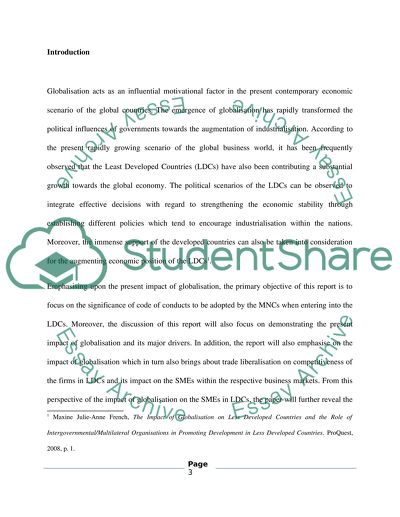Cite this document
(The Drivers of Globalisation Term Paper Example | Topics and Well Written Essays - 3000 words, n.d.)
The Drivers of Globalisation Term Paper Example | Topics and Well Written Essays - 3000 words. Retrieved from https://studentshare.org/macro-microeconomics/1469837-international-management-critically-evaluate-the
The Drivers of Globalisation Term Paper Example | Topics and Well Written Essays - 3000 words. Retrieved from https://studentshare.org/macro-microeconomics/1469837-international-management-critically-evaluate-the
(The Drivers of Globalisation Term Paper Example | Topics and Well Written Essays - 3000 Words)
The Drivers of Globalisation Term Paper Example | Topics and Well Written Essays - 3000 Words. https://studentshare.org/macro-microeconomics/1469837-international-management-critically-evaluate-the.
The Drivers of Globalisation Term Paper Example | Topics and Well Written Essays - 3000 Words. https://studentshare.org/macro-microeconomics/1469837-international-management-critically-evaluate-the.
“The Drivers of Globalisation Term Paper Example | Topics and Well Written Essays - 3000 Words”, n.d. https://studentshare.org/macro-microeconomics/1469837-international-management-critically-evaluate-the.


